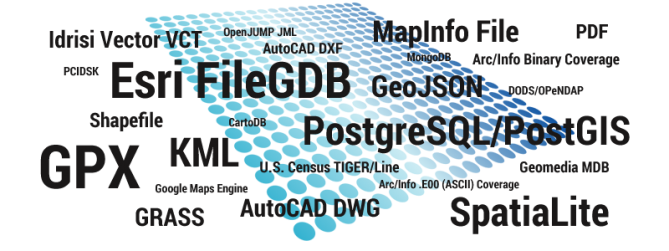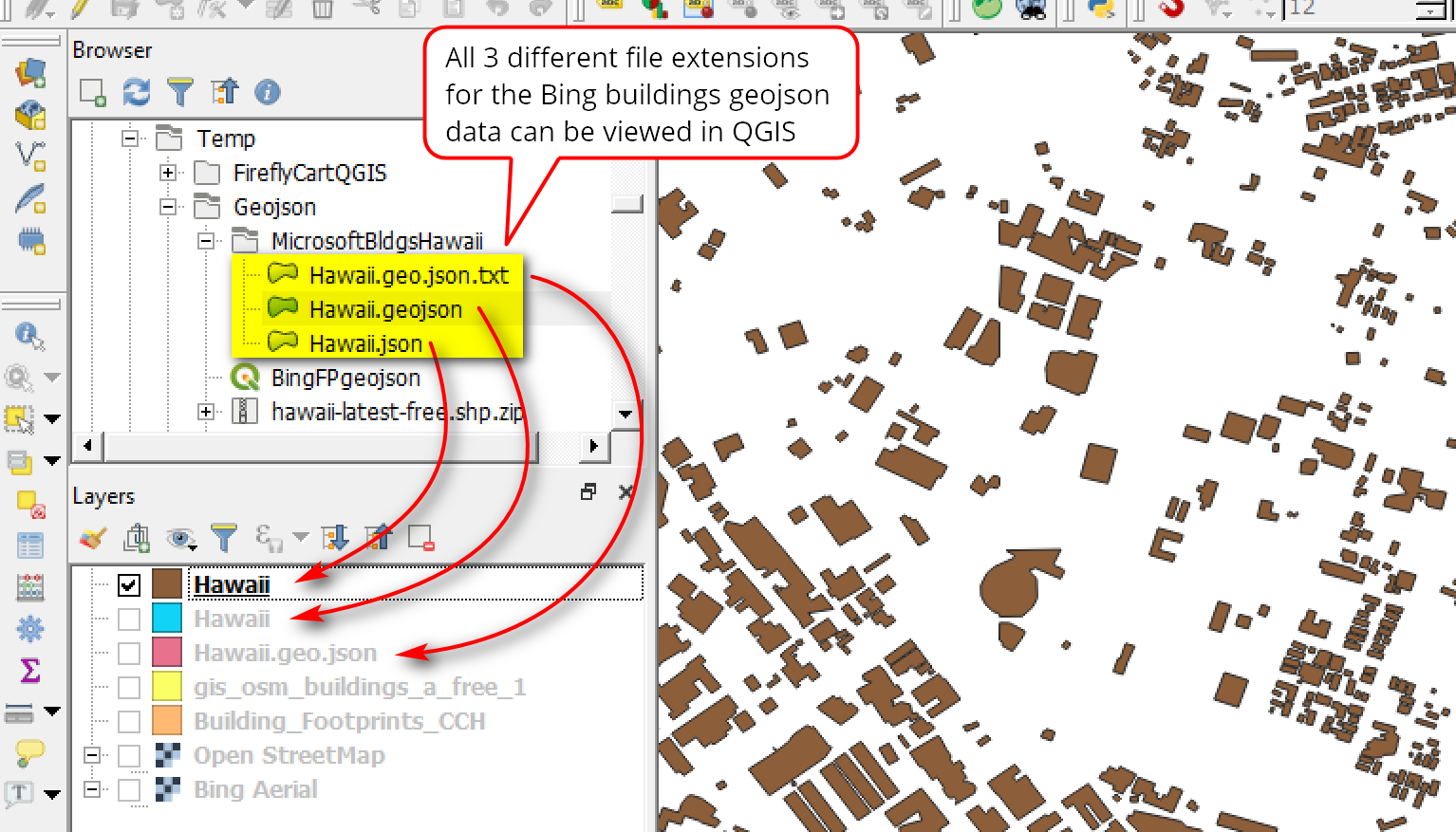
- #Open arcgis file in qgis install
- #Open arcgis file in qgis 64 Bit
- #Open arcgis file in qgis for android
- #Open arcgis file in qgis software
We will be using some government data from the Canadian province of Prince Edward Island. At the moment an experimental release can be found in the Play Store.
#Open arcgis file in qgis for android
QGIS 3 is also available for Android devices.

Follow the instructions on the download page.
#Open arcgis file in qgis install
QGIS is very simple to install in most versions of Linux. If you see “圆4 Edition” under System, your processor is 64-bit. In order to determine which version you have, click Start, Right-click My Computer, and then click Properties.
#Open arcgis file in qgis 64 Bit
Select 32 or 64 bit depending on your computer’s hardware.
#Open arcgis file in qgis software

The authors tend to use both and are happy to run QGIS on Mac and Linux computers for basic tasks, but still return to ArcGIS for more advanced work. Moreover, any work you do in QGIS can be exported to ArcGIS at a later date if you decide to upgrade. QGIS is ideal for those without access to a free copy of Arc and it is also a good option for learning basic GIS skills and deciding if you want to install a copy of ArcGIS on your machine.


However, many universities have site licenses, meaning students and employees have access to free copies of the software (try contacting your map librarian, computer services, or the geography department). QGIS is multiplatform, which means it runs on Windows, Macs, Linux, and Android, and it has many of the functions most commonly used by historians.ĪrcGIS is expensive for individual users, and it only runs on Windows (though software can be purchased to allow it to run on Mac). Quantum or QGIS is an open source alternative to the industry leader, ArcGIS from ESRI. In this lesson you will install QGIS software, download geospatial files like shapefiles and GeoTIFFs, and create a map out of a number of vector and raster layers. This lesson was peer reviewed and published by the Programming Historian 2.


 0 kommentar(er)
0 kommentar(er)
